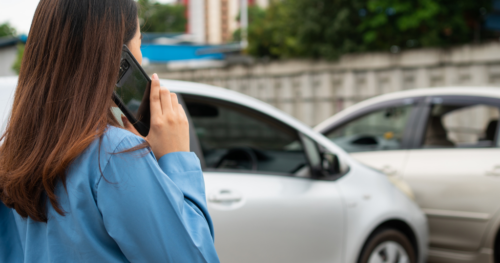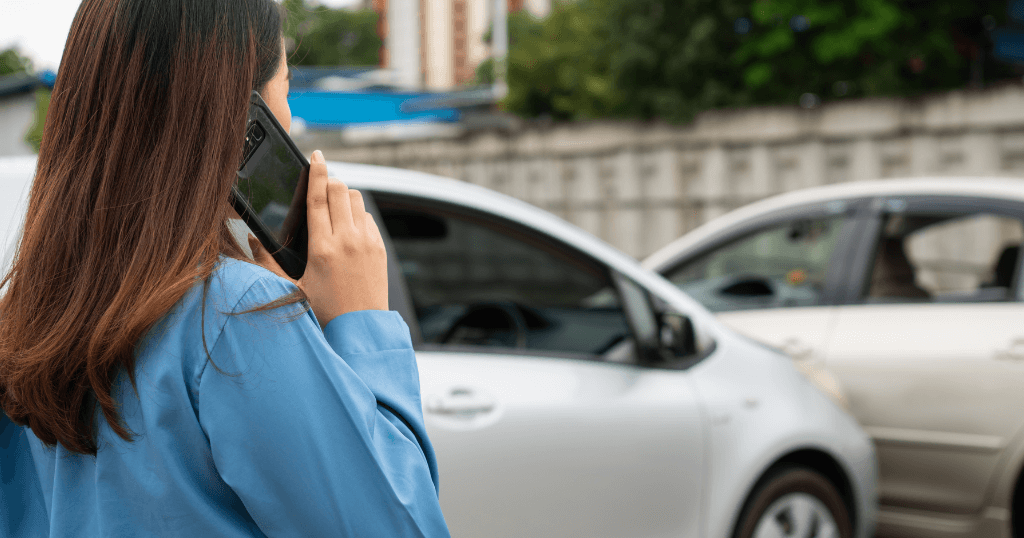
In 2023, Miami-Dade County witnessed a staggering 56,348 car crashes, resulting in 313 fatalities and 25,992 injuries. And that data was compiled before the year was even complete. These numbers are more than just statistics; in many cases, they represent moments of confusion and uncertainty about the right steps to take following a car accident.
For instance, should you move your vehicle after a crash? Moving it to safety may seem like the best option, but it often depends on your physical condition, the impact on traffic, and the disruption of potential evidence at the scene.
Learn when and how to move your car after a crash and how a Miami car crash lawyer at Aigen Injury Law can help safeguard your rights following a collision.
What Does the Law Say?
Florida law includes two specific statutes addressing the actions drivers must take if their vehicle is involved in an accident or becomes disabled on the road. These statutes build upon each other to provide clear guidelines to ensure safety and minimize traffic disruption.
Statute 316.071: Disabled Vehicles
This statute applies generally to disabled vehicles. Under Section 316.071, if your vehicle is disabled and obstructing traffic, you should:
- Make every effort to move the vehicle so as not to obstruct regular traffic flow.
- If unable to move the vehicle alone, seek help to remove it from the roadway to prevent secondary collisions.
Statute 316.061: Crash Involvement
Section 316.061 applies specifically if you are involved in a crash that results in property damage. If so, you should:
- Immediately stop your vehicle at the crash site or as close to it as possible.
- Stay at the scene until you’ve fulfilled the obligations under Section 316.062, which include exchanging information and reporting the crash to local law enforcement.
- When stopping, avoid obstructing traffic more than necessary and make every reasonable effort to move it or have it moved by emergency services to avoid blocking regular traffic flow.
Moving Your Vehicle: Example Scenarios
Knowing your legal responsibilities for removing your vehicle can help you take the right actions after a collision. Here are a few example scenarios:
- Vehicle is damaged but drivable: You’re in a fender bender, and your car has minor damage but seems drivable. Carefully drive your vehicle to the side of the road or another safe nearby location. This helps prevent traffic congestion and the risk of being hit by another car, causing a secondary accident. Once safely parked, switch on your hazard lights and then exchange information with the other party involved.
- You are seriously injured: You’re injured in the crash and unable to move without assistance. Prioritize your safety. Do not attempt to move if it causes pain or discomfort. Instead, stay put and call 911 or signal for help. Emergency responders will provide medical assistance and take care of moving your vehicle under Florida’s regulations.
- Uncertain about vehicle condition: If you suspect any serious damage (like leaking fluids or damage to the wheels or axles), it’s safer not to move the car. Turn on your hazard lights to warn other drivers, and if possible, place warning triangles or flares around your vehicle. Then, call for police, roadside assistance, or a tow truck to move your vehicle safely.
Where to Move Your Vehicle
When moving your car after an accident, there are two practical and safe options: the nearest road shoulder or parking lot.
- Right-hand shoulder: If you’re on a multi-lane road, immediately steer your car to the right-hand shoulder. This area is generally reserved for emergencies and breakdowns, keeping you safe from the main traffic. On a one-way street or if the right shoulder isn’t accessible, pull over to the left shoulder. The key is to get your vehicle out of the travel lanes as quickly and safely as possible.
- Drive into a nearby parking lot: When a parking lot is close and accessible from the crash site, it’s a safer choice, especially in areas where road shoulders are too narrow or busy. This move takes your vehicle off the immediate roadside, preventing traffic jams, and provides a calmer space for you to assess the situation, check your vehicle for damages, and exchange necessary information.
Get Legal Help After a Miami Crash
If you are involved in a car crash in Miami, prioritize safety by assessing yourself and the vehicle for damages and moving it out of harm’s way if possible. Once you’ve done so, protect your rights by contacting a car accident attorney from Aigen Injury Law.
Our legal team can guide you on actions to take after a crash, from gathering evidence to filing a compensation claim. We can use our experience with Florida auto accident laws to help you maximize your settlement and pay for medical bills and other losses in a collision.
Contact our law firm for a free case review and learn how we can help you get the compensation you need to move forward.
